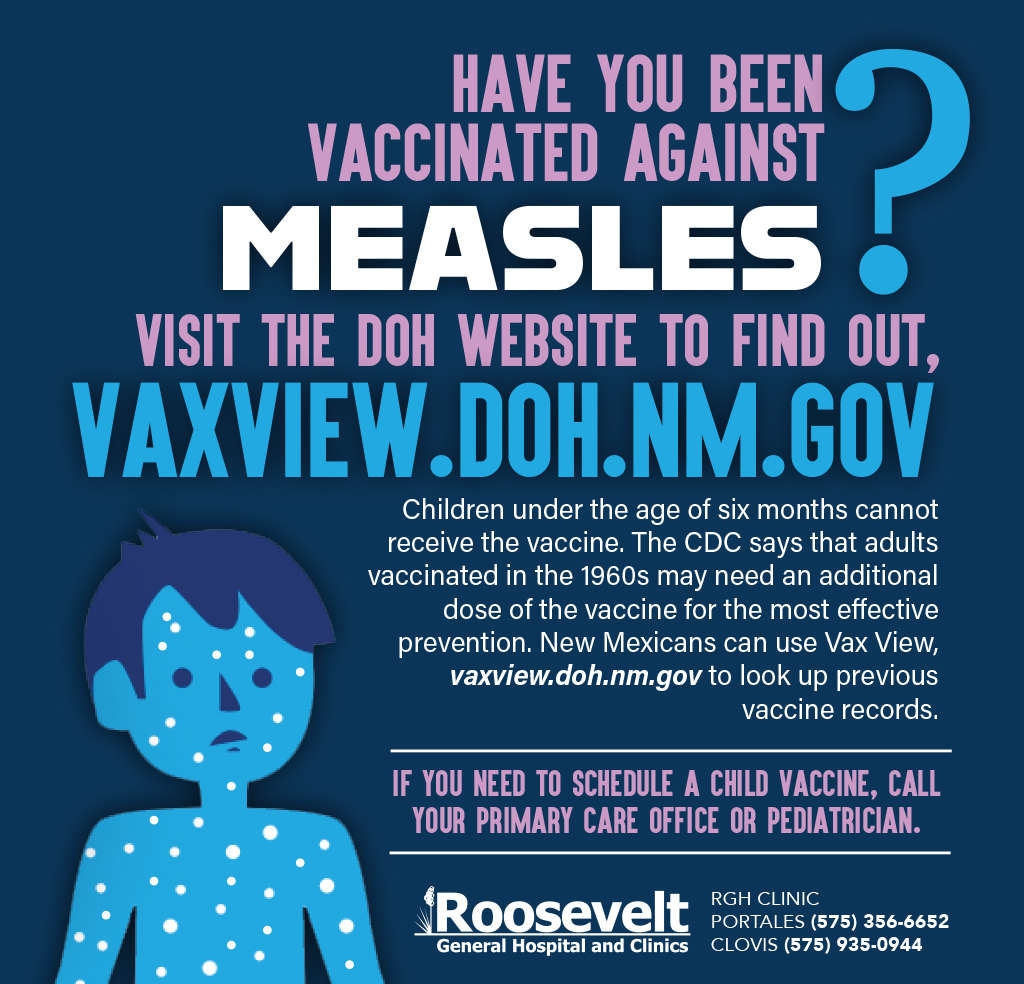WHEAT: The outlook for 2022/23 U.S. wheat this month is for slightly higher supplies,
reduced domestic use, unchanged exports, and increased ending stocks. Supplies are
raised 5 million bushels on higher imports, based on the pace of Census imports reported
to date. Domestic use is lowered 25 million bushels on reduced feed and residual use,
which is decreased to 55 million. The downward revision is based on the implied
disappearance for the second and third quarters indicated in the NASS Grain Stocks
report. Wheat exports remain at 775 million bushels but there are offsetting by-class
changes for White and Hard Red Spring exports. Projected 2022/23 ending stocks are
raised 30 million bushels to 598 million but are still 14 percent below last year. The
2022/23 season-average farm price is forecast $0.10 per bushel lower at $8.90, based on
NASS prices reported to date and expectations for cash prices for the remainder of
2022/23.
The global wheat outlook for 2022/23 is for increased supplies, higher consumption, and
reduced trade and stocks. Supplies are raised 0.7 million tons to 1,061.1 million,
primarily on higher beginning stocks for Syria and increased production for Ethiopia.
Global consumption is increased 2.9 million tons to 796.1 million, mainly on higher food,
seed, and industrial use for India, and increased feed and residual use for China and the
EU. World trade is lowered 1.2 million tons to 212.7 million on reduced exports by the
EU, Argentina, and Brazil more than offsetting increases for Russia and Ukraine. China’s
wheat imports are raised 2.0 million tons to 12.0 million, which would be the highest
imports for China since 1995/96. China’s imports are raised on strong imports to date,
particularly from Australia; China is now the leading 2022/23 global wheat importer.
Projected 2022/23 world ending stocks are lowered 2.1 million tons to 265.1 million, the
lowest since 2015/16. This month, India, the Philippines, and Ukraine are projected to
have lower stocks, more than offsetting increases for Syria, the EU, and the United
States.
COARSE GRAINS: This month’s 2022/23 U.S. corn outlook is for reductions to imports
and food, seed, and industrial (FSI) use, with unchanged ending stocks. Corn imports
are lowered 10 million bushels based on observed trade to date. Feed and residual use
is unchanged at 5.275 billion based on indicated disappearance during the DecemberFebruary quarter. FSI is lowered 10 million bushels reflecting cuts to corn used for
glucose and dextrose and starch. With supply and use falling by the same amount,
ending stocks are unchanged at 1.342 billion bushels. The season-average farm price is
unchanged at $6.60 per bushel.
WASDE-635-2
Global coarse grain production for 2022/23 is forecast 3.3 million tons lower to 1,436.3
million. This month’s foreign coarse grain outlook is for declines in production, trade, and
ending stocks relative to last month. Foreign corn production is forecast down as cuts for
Argentina, the EU, Serbia, and Uruguay are partially offset by an increase for Russia.
For Argentina, production is lowered as continued heat during March diminishes yield
prospects for late-planted corn, despite locally beneficial precipitation during the month.
EU corn production is reduced, mostly reflecting declines for Hungary, Italy, and Bulgaria
that are partly offset by increases for Germany and Poland. Russia corn production is
higher reflecting increases to both area and yield. Foreign barley production is higher on
an increase for the EU.
Major global trade changes include lower forecast corn exports for Argentina, Mexico,
Burma, and Serbia, with increases for Ukraine and Russia. Corn imports are lowered for
Egypt, the United States, Thailand, and Venezuela but raised for the EU, Turkey, and
Uruguay. Foreign corn ending stocks are lower mostly reflecting declines for Ukraine, the
EU, Mexico, and Serbia that are partly offset by increases for Russia and Brazil. Global
corn ending stocks, at 295.3 million tons, are down 1.1 million from last month.
RICE: This month’s supply and demand outlook for 2022/23 U.S. rice is for smaller
supplies, increased domestic and residual use, higher exports, and reduced ending
stocks. Supplies are reduced as the import forecast is lowered 2.0 million cwt to 40.0
million on a lower-than-expected pace of long-grain imports. All rice imports continue to
be at a record level, however. Based on the NASS March 31 Rice Stocks report, longgrain domestic use is raised 2.0 million cwt to 119.0 million and medium- and short-grain
use is raised 2.0 million cwt to 32.0 million. The 2022/23 rice export forecast is raised 2.0
million cwt to 61.0 million (all long-grain) on large February Census exports and
additional sales to Iraq in late March under a 2022/23 Memorandum of Understanding.
Despite this increase, U.S. exports would still be the lowest since 1985/86. In aggregate,
these supply and use revisions result in an 8.0-million-cwt reduction in ending stocks to
28.1 million, the lowest since 2003/04. The long-grain season-average farm price (SAFP)
is unchanged at $16.90 per cwt. While the all medium- and short-grain SAFP price is
also unchanged at $29.20 per cwt, the SAFP for Other States was raised $0.10 per cwt to
$17.70.
The 2022/23 global outlook is for lower supplies, increased trade, fractionally higher use,
and reduced ending stocks. Global beginning stocks are lowered 1.4 million tons to
182.0 million based almost entirely on a multi-year adjustment to use and stocks in the
Philippines to better match observed current stock levels. World production is decreased
0.4 million tons to 509.4 million as reduced estimates for Indonesia, Brazil, and Iraq more
than offset an increase for Bangladesh. Indonesia’s 2022/23 rice production is reduced
0.6 million tons to 34.0 million on lower area and yield for its main-season rice crop that
was harvested in February and March. Global trade in 2022/23 is raised 0.8 million tons
to 55.7 million, with increased exports for Vietnam and Thailand, in part to account for
Indonesia’s intention to significantly increase rice purchases in 2023. Total ending stocks
are projected 2.0 million tons lower to 171.4 million, primarily on decreases for the
Philippines and China. At this level, ending stocks would be 6 percent lower than in
2021/22 and the lowest since 2017/18.
WASDE-635-3
OILSEEDS: U.S. soybean supply and use forecasts for 2022/23 are unchanged relative
to last month. Soybean and soybean meal prices are also unchanged. The soybean oil
price is projected at 64.0 cents per pound, down 2 cents.
Global 2022/23 soybean supply and demand forecasts include lower production, crush,
and exports. Global soybean production is reduced 5.5 million tons to 369.6 million.
Lower crops for Argentina and Uruguay are partly offset by higher production for Brazil.
Soybean production for Argentina is lowered 6.0 million tons to 27.0 million on hot and
dry weather conditions through March. Uruguay production is lowered 0.9 million tons to
1.2 million on a lower harvested area and yield. Partly offsetting is higher production for
Brazil which is increased 1.0 million tons to 154.0 million on higher area.
Soybean crush is lowered on reduced supplies and slow pace to date for Argentina,
China, Bangladesh, Pakistan, and Egypt. Crush for Argentina is reduced 3.3 million tons
to 32.0 million leading to lower product exports. Partly offsetting is higher crush and
higher soybean oil and meal exports for Brazil. Soybean exports are lowered 0.4 million
tons to 168.0 million mainly on lower exports for Uruguay. Imports are lowered for
Bangladesh, Egypt, and Pakistan and raised for Argentina. Soybean ending stocks are
raised fractionally with higher stocks for China and Brazil that are mostly offset by lower
stocks for Argentina.
SUGAR: U.S. sugar supply is increased by 176,692 short tons, raw value (STRV) to
14.637 million on increased imports from last month. On March 13, 2023, USTR
announced the reallocation of 247,182 STRV from countries that stated they do not plan
to ship their original raw sugar TRQ allocation. USDA projects that only 46.5 percent of
the reallocation, or 114,905 STRV, will enter, implying a new shortfall projection of
132,277, down from 254,632 projected last month. High-tier tariff imports are increased
to 225,000 STRV on raw sugar imported during March by a refiner and by an increase in
projected monthly refined imports based on the pace to date. There is a small partial
offset of 10,179 STRV from combined calendar year 2022 FTA TRQs where the sugar
failed to enter before December 31. Beet sugar production is down by 10,285 STRV on
slightly lower recovery and a corresponding small increase in beet pile shrink. Cane
sugar production is up 5,430 STRV on processor reporting in Florida and Texas.
Because sugar use is unchanged, ending stocks increase by the full extent of the supply
increase to 1.897 million STRV, resulting in an increase in the ending stocks-to-use ratio
to 14.89 percent.
Mexico sugar production is increased by 75,000 metric tons (MT) to 5.560 million. It is
projected that area harvested will be close to the 828,941 hectares (ha) projected by
CONDADESUCA but remains below in yield (USDA’s projection of 61.07 MT/ha against
62.37) and below in sucrose recovery (10.98 percent against 11.20). The production
increase flows through to an increase in IMMEX deliveries to 331,037 MT and in ending
stocks to 937,216 MT.
On March 29, the Department of Commerce indicated that the government of Mexico
stated that Mexico will be able to supply U.S. sugar needs of 1.118 million MT during the
remainder of the Export Limit period. USDA projects Mexico production of below 99.2
WASDE-635-4
polarity sugar could be as high as 840,000 MT or about 75 percent of allocation. USDA
continues to project lower deliveries to IMMEX to maintain Mexico sugar supply and use
balance for 2022/23, assuming that Mexico will export up to its Export Limit. USDA
projects Mexico imports for IMMEX at 25,000, unchanged from last month.
LIVESTOCK, POULTRY, AND DAIRY: For 2023, the beef production forecast is raised
from last month. Higher expected placements of cattle during the first half are reflected in
higher forecast beef production during the second half. Pork production is raised in the
first half on recent slaughter data and revisions to 2022 pig crop data but is lowered in
the second half, as the December-February pig crop and producer farrowing intentions
for March-May, published in the latest Quarterly Hogs and Pigs report, were lower than
previously expected. Broiler production is raised for the first half on recent slaughter and
hatchery data. Turkey production is unchanged. Egg production is reduced slightly for
the second and third quarters on recent flock and production data.
Export projections for beef are raised on recent trade data and expectations of sustained
demand in a number of Asian markets. Imports are also raised on recent data and
projections of increased supplies from Oceania. Pork exports and imports are both
raised on recent data. Broiler and turkey exports are raised on recent data, and imports
are reduced on recent discoveries of highly pathogenic avian flu outbreaks in Chile.
Cattle prices for the first quarter are lowered slightly on reported data but raised for all
other quarters on continued strength in demand. Hog prices are lowered for all four
quarters reflecting current price movements and continued modest demand. Broiler
prices are projected higher on the strength of demand. Turkey prices are raised on
current price movements. Egg prices are raised for the first quarter on reported prices
but the forecast for the remaining quarters is unchanged.
The milk production forecast is higher on a larger expected cow inventory. Fat basis
imports for 2023 are primarily raised on the strength of a number of dairy products during
the first quarter. Imports of casein and milk protein concentrates are expected to remain
firm, supporting higher skim-solids basis imports through the year. Expectations of
increased competition in butter, cheese, nonfat dry milk, and whey markets are reflected
in lower forecast exports on both a fat- and a skim-solids basis for 2023.
Cheese and butter prices are raised on recent prices. Nonfat dry milk prices are lowered.
Whey prices are raised on recent price observations and stronger expected demand.
With the changes in component prices, Class III prices are projected higher, while Class
IV prices are projected lower. The all milk price is projected higher at $20.65 per cwt.
COTTON: The 2022/23 U.S. cotton supply and demand forecasts show higher exports
and lower ending stocks relative to last month, with production and domestic mill use
unchanged. The export forecast is raised 200,000 bales, to 12.2 million, based on the
pace of recent sales and shipments. Ending stocks are now forecast at 4.1 million bales,
equivalent to 29 percent of total disappearance. The marketing year price received by
upland cotton producers is projected to average 82 cents per pound, a decrease of 1 cent
from last month.
WASDE-635-5
In the global 2022/23 cotton balance sheet, higher production and reduced trade are
contributing to higher ending stocks. World production is forecast 829,000 bales higher
than in March as a 1-million-bale increase for China more than offsets a lower Brazilian
crop. World 2022/23 ending stocks are projected 867,000 bales higher, with the largest
increase in India, where projected stocks are 450,000 higher on lower exports. The
expected volume of world trade in 2022/23 is 745,000 bales lower this month, with
imports reduced for Bangladesh, China, and Turkey. On the export side, higher U.S. and
Australia exports are more than offset by a 550,000-bale reduction for Brazil and a
400,000-bale reduction for India. Projected 2022/23 global consumption is 65,000 bales
higher this month as a 500,000-bale increase for China more than offsets declines in
Bangladesh and Turkey.
Approved by the Secretary of Agriculture and by the Chairman of the World Agricultural Outlook
Board, Mark Jekanowski, (202) 720-6030. This report was prepared by the Interagency
Commodity Estimates Committees.
APPROVED BY:
SETH MEYER
SECRETARY OF AGRICULTURE DESIGNATE





































